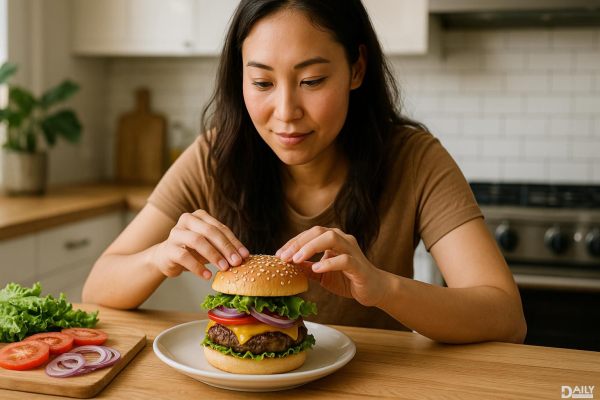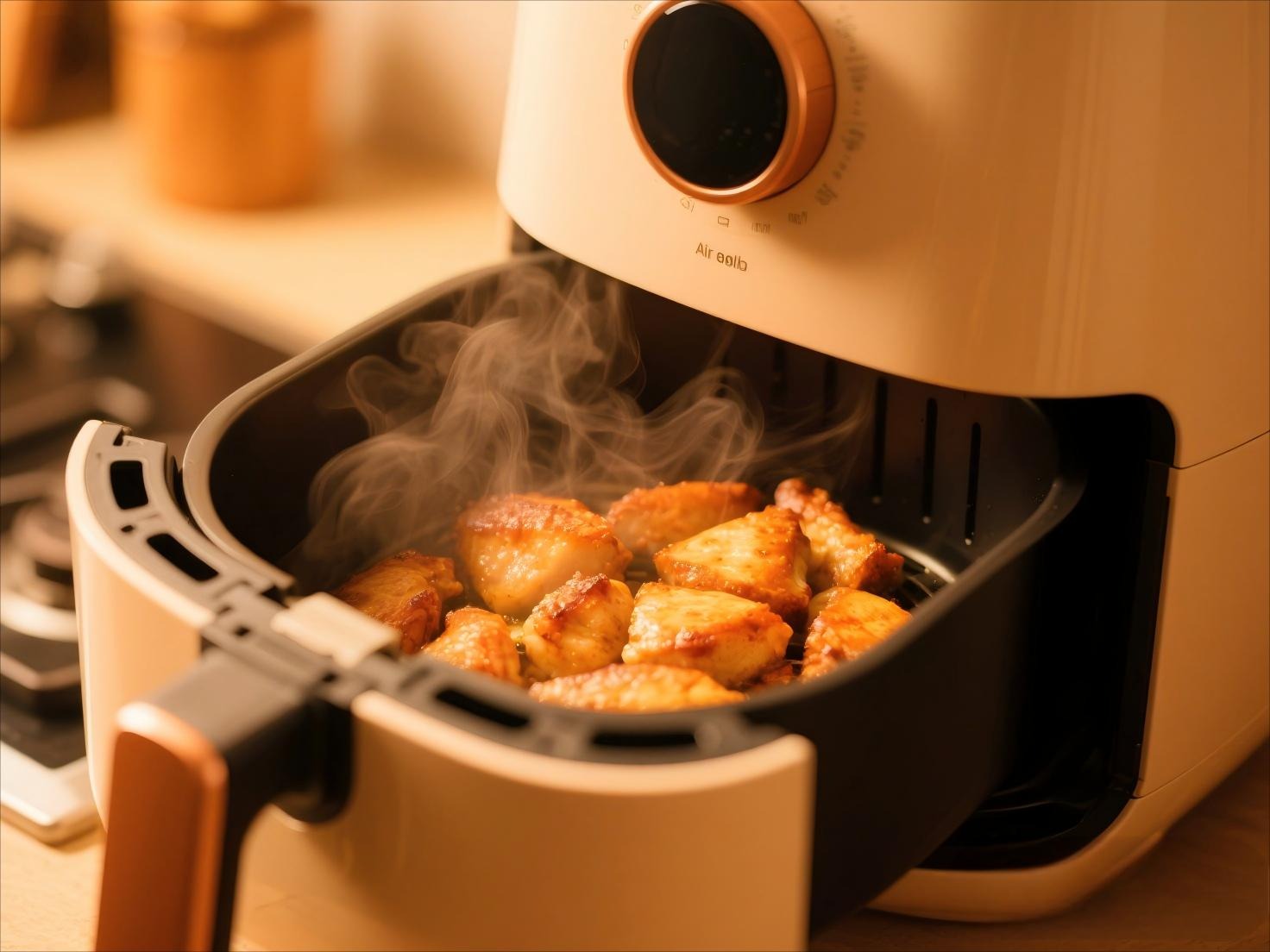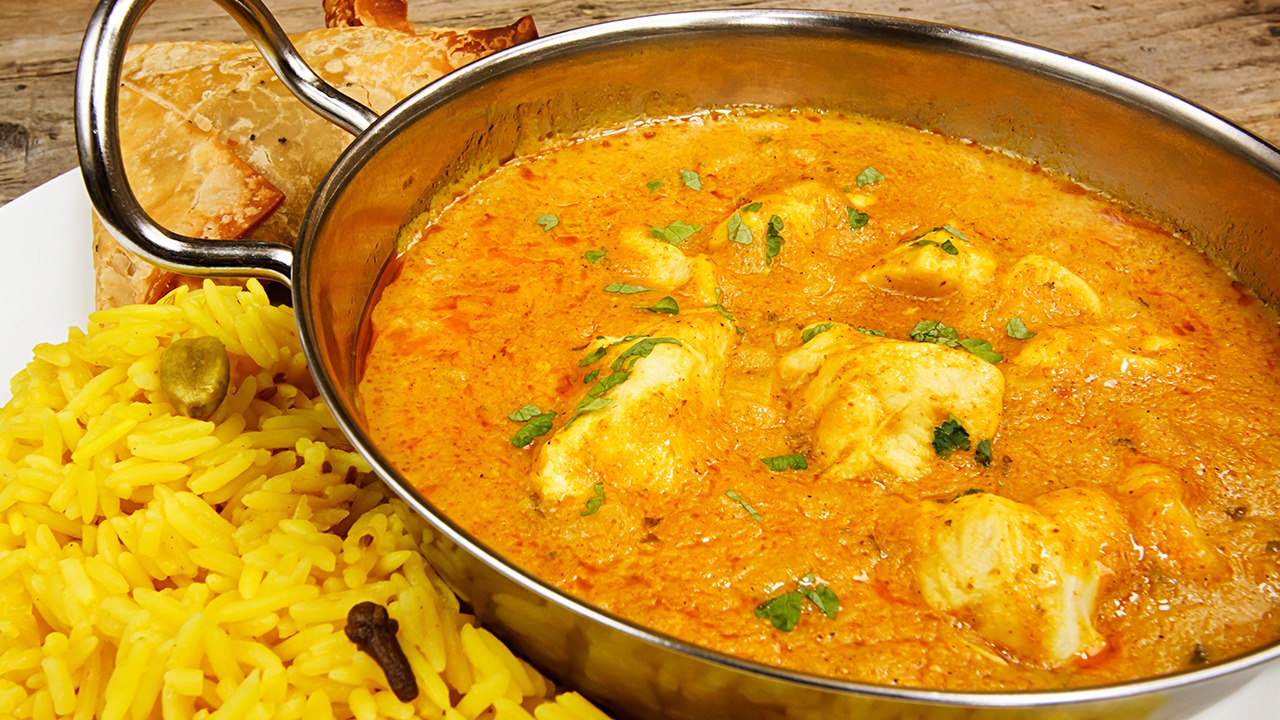Cooking bacon to perfect crispiness is all about timing and technique. For that ideal balance of crunch and flavor, you should cook bacon for about 3 to 4 minutes on each side over medium heat. This ensures it’s evenly cooked without burning or staying too chewy. But let’s dive deeper into the art of bacon mastery so you can nail it every single time.

Bacon is essentially pork belly that’s been cured and smoked, and its fat content plays a huge role in how it cooks. When you heat bacon, the fat begins to render out, and the meat starts to crisp up. The key is to cook it slowly enough to let the fat render properly but not so slowly that it becomes greasy or soggy. Medium heat is your sweet spot—it allows the bacon to crisp up without scorching.
Not all pans are created equal when it comes to cooking bacon. A heavy-bottomed skillet, like cast iron or stainless steel, is your best bet. These pans distribute heat evenly, preventing hot spots that can lead to uneven cooking. Nonstick pans are okay, but they don’t get as crispy because they don’t allow the bacon to make direct contact with the heat source. If you’re cooking a large batch, a griddle or baking sheet in the oven can also work wonders.
Before you even turn on the stove, take a moment to prep your bacon. If it’s super thick-cut, you might want to let it sit at room temperature for 10 to 15 minutes to ensure even cooking. For thinner slices, you can go straight from the fridge to the pan. Pro tip: If your bacon is sticking together in the package, run it under warm water for a few seconds to separate the slices without tearing them.
Start by placing your bacon in a cold pan. This might sound counterintuitive, but it helps the fat render slowly, which is crucial for crispiness. Turn the heat to medium and let the bacon cook undisturbed for about 3 minutes. You’ll notice the edges starting to curl and the fat beginning to bubble. Flip the bacon using tongs (to avoid splatters) and cook for another 3 to 4 minutes on the other side. Keep an eye on it—bacon can go from perfectly crispy to burnt in seconds.
Once your bacon is cooked to your desired level of crispiness, transfer it to a plate lined with paper towels. This step is crucial because it absorbs excess grease, ensuring your bacon stays crispy instead of becoming soggy. Let it rest for a minute or two before serving. Trust me, it’s worth the wait.
If stovetop cooking isn’t your thing, there are other ways to achieve crispy bacon. Baking it in the oven at 400°F for 15 to 20 minutes is a hands-off method that yields evenly cooked strips. You can also try air frying, which takes about 8 to 10 minutes and results in less grease. Microwaving is the quickest option, but it’s harder to control the crispiness, so use it only if you’re in a pinch.
One of the biggest mistakes people make is cooking bacon on high heat. This causes the outside to burn before the inside has a chance to crisp up. Another no-no is overcrowding the pan—give each slice some space to cook evenly. And don’t forget to drain your bacon properly; skipping this step can leave you with a greasy mess.
If you’ve cooked more bacon than you can eat in one sitting, store it in an airtight container in the fridge for up to 5 days. To reheat, place it on a baking sheet in a 350°F oven for about 5 minutes, or microwave it for 10 to 15 seconds. Avoid reheating in the pan, as it can make the bacon overly greasy.
Mastering the art of cooking bacon is a skill that pays off in delicious dividends. Whether you’re making a classic BLT, adding it to breakfast, or just enjoying it on its own, these tips will ensure your bacon is perfectly crispy every time. So grab your skillet, fire up the stove, and get ready to cook up some bacon magic.
























